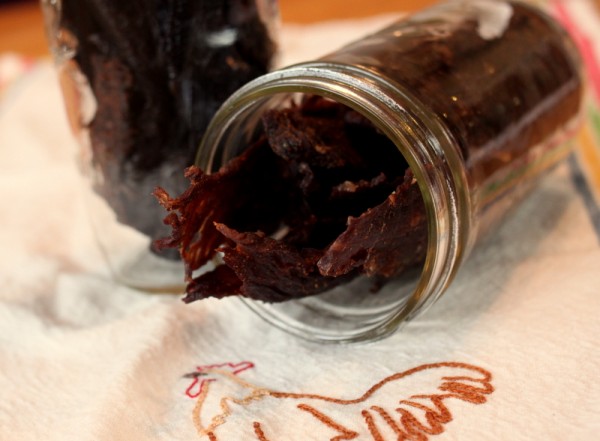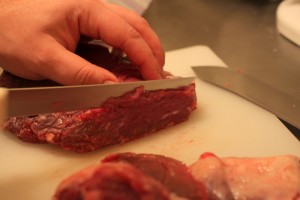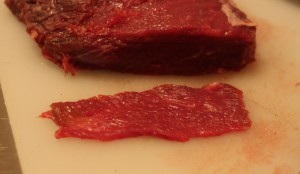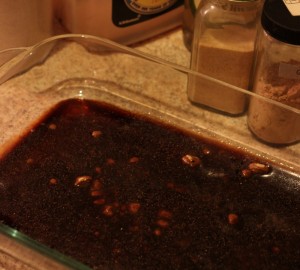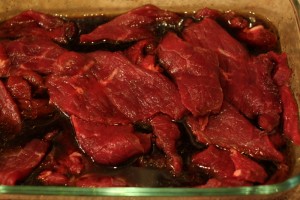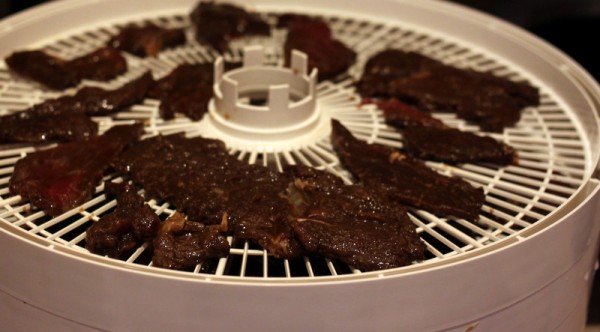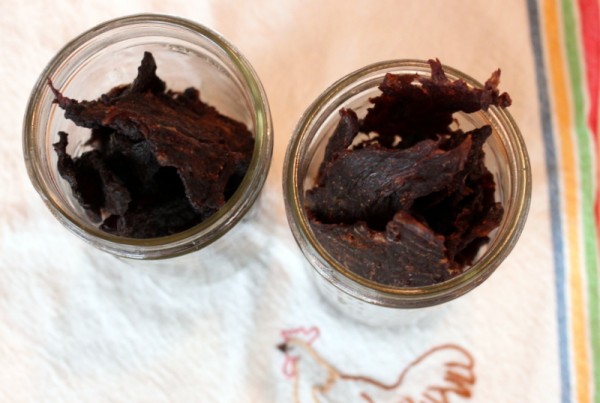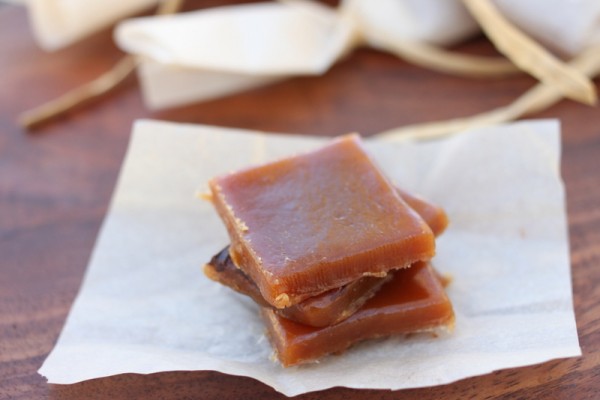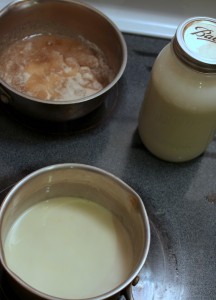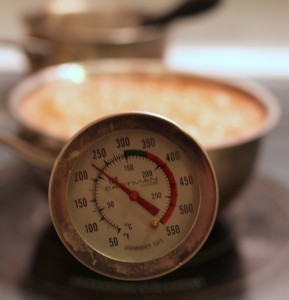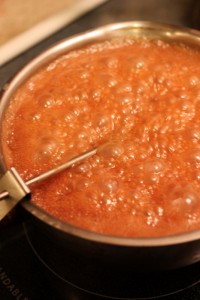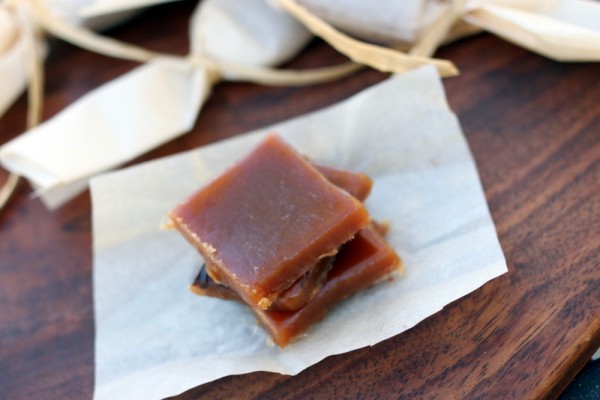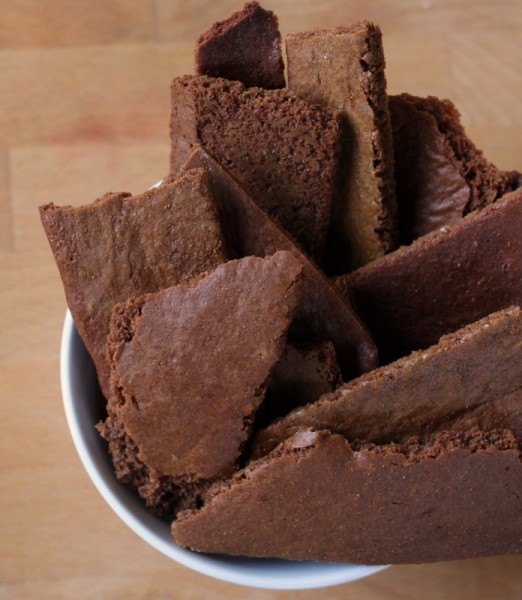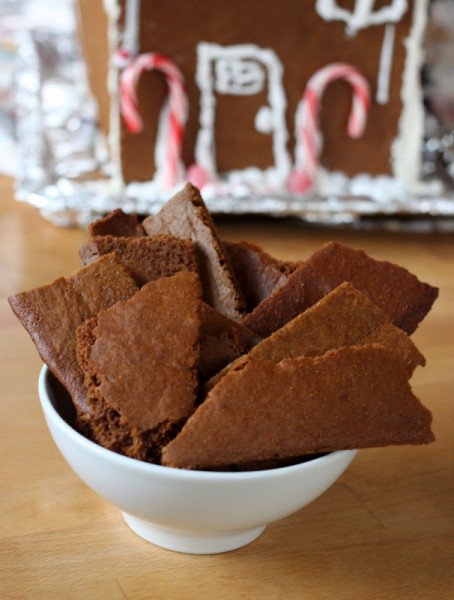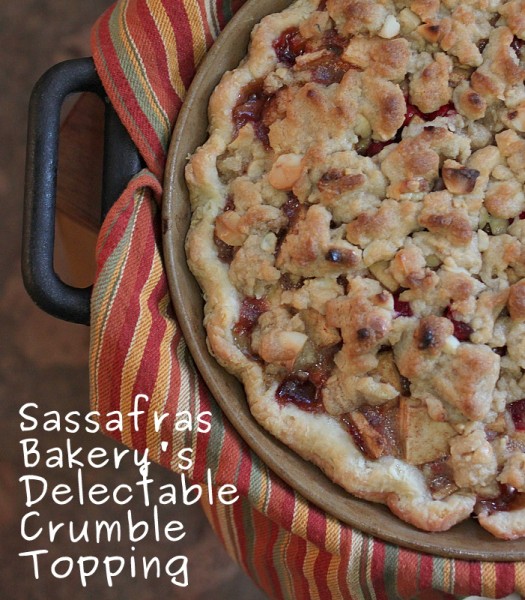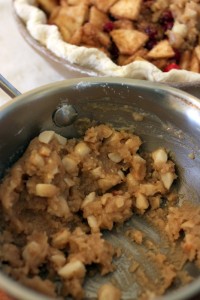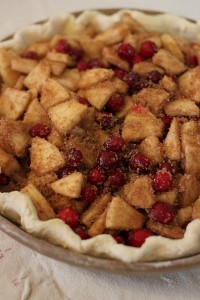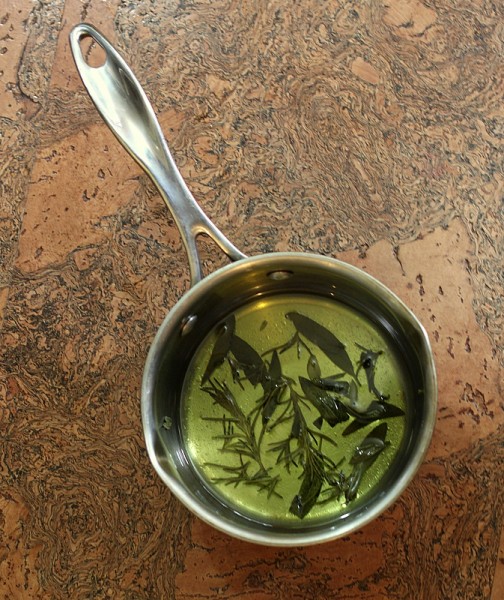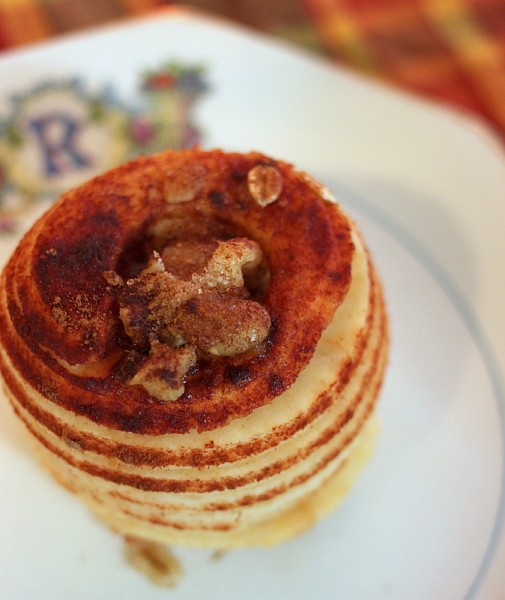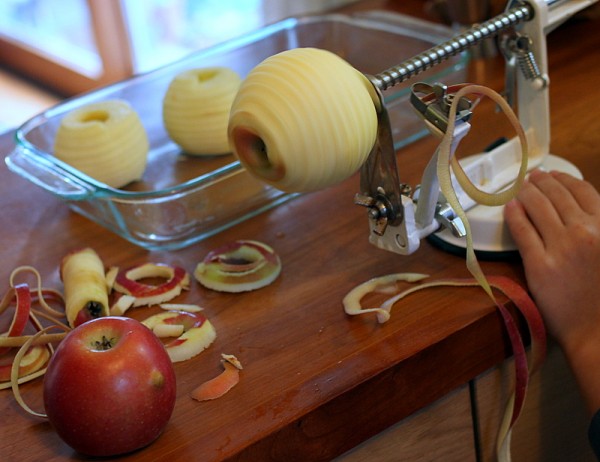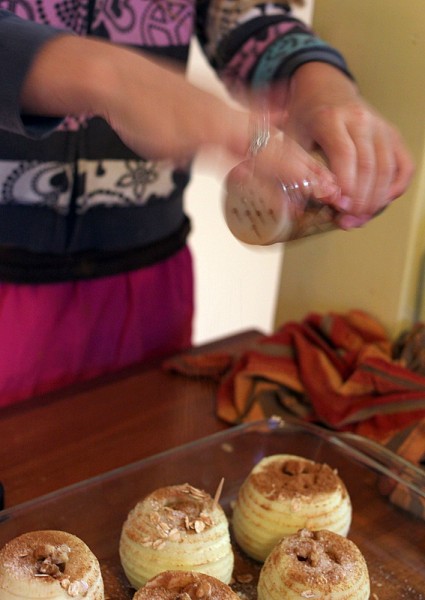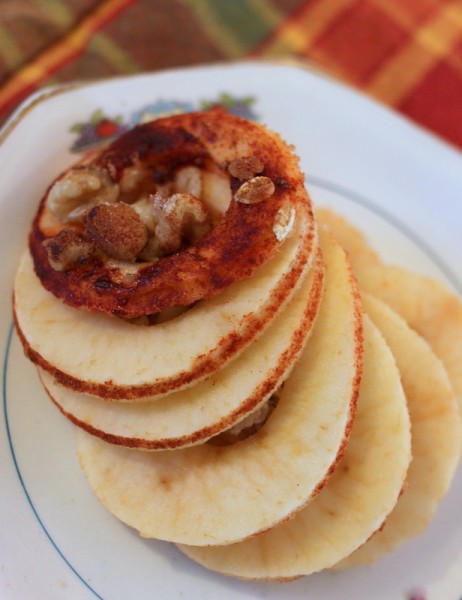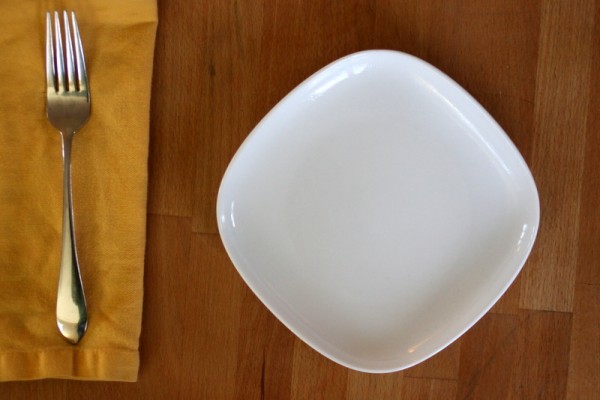 Have you ever been hungry? Really hungry like the 16.2 million kids in America who are food-insecure living in families without the means to regularly put nutritious food on the table?
Have you ever been hungry? Really hungry like the 16.2 million kids in America who are food-insecure living in families without the means to regularly put nutritious food on the table?
I'm hangry when I forget to eat a big breakfast before becoming immersed in a project and suddenly it's two pm and I want to eat RIGHT NOW. I was hangry yesterday, in fact. I was surrounded by healthy food; I only had to stop a moment to prepare and eat it and my belly would be full. I thankfully have never been truly hungry.
But 48.8 million Americans struggled with hunger at some time during the year 2010. 1 in 4 Americans used at least one of the 15 USDA food and nutrition assistance programs. While many local food advocates like me disagree with some of the food choices available in some USDA nutrition programs, there's no denying that any food, even factory-farmed food, is better than no food at all for those who are hungry.
A country as great as America is cannot stay this way when children and families are hungry. Children cannot learn in school, crime and domestic unrest increase, and our national productivity declines when people are unable to meet their most basic needs.
My family delivers food donations to our local food pantry. We plant extra rows in our garden and share our harvest. The farmers' markets I work at collect fresh seasonal food for donations. But this type of charity is clearly not enough to meet the need when food pantries are inundated with hungry families.
To truly eliminate hunger, governmental leaders must continue to address and fund anti-hunger and anti-poverty programs. Take 30 seconds now to send a letter to Congress lending your voice to the cause.
When you have a little more time, consider the new film A Place At The Table documenting the complex problem of hunger in America. Accompanied by the music of T Bone Burnett and The Civil Wars, the picture also promotes solutions. Find a viewing of the film in your city or on demand through iTunes and Amazon.
Today, April 8, food bloggers around the world are sharing recipes to address hunger. I am proud to contribute my recipe for probiotic ranch dressing to the Food Bloggers Against Hunger project.
One way my family saves money at the grocery and adds flexibility to our dining is by making our own salad dressings. A bottle of dressing is at least a few dollars at the store and often includes manufactured oils, sugars, and stabilizers that I would prefer not to feed my family. The ingredients to make simple, fresh dressings at home are cheaper and healthier.
We whisk together this buttermilk ranch dressing recipe frequently because it pairs well with fresh greens in season now and is useful as a dipping sauce too. It uses buttermilk and sour cream, both full of live active cultures that can aid digestion.
Probiotic Ranch Dressing Time: 2 minutes active, 30 minutes inactive Makes: 1 cup
1/2 cup buttermilk with live active cultures 1/2 cup sour cream with live active cultures 1-2 teaspoons minced garlic chives (can be grown from a sprouting garlic clove planted in a pot of dirt or foraged from your backyard if you are lucky like us and they grow wild in your area) 2 teaspoons minced fresh parsley or 1/2 teaspoon dried parsley 1 teaspoon minced fresh oregano or 1/2 teaspoon dried oregano flakes 1/2 teaspoon finely ground black pepper salt to taste
1. Mix all ingredients. Adjust consistency to your liking by adding more sour cream for a thicker dressing or more buttermilk for thinner dressing. 2. Refrigerate for at least thirty minutes to allow flavors to combine. Taste and adjust seasonings as desired. 3. Serve within one week.


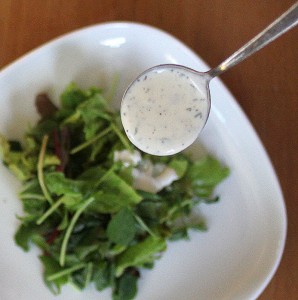
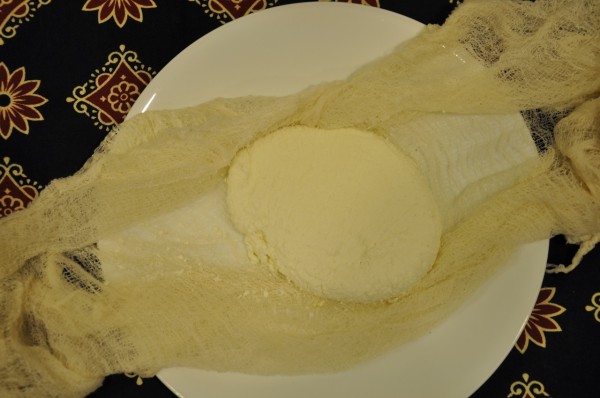
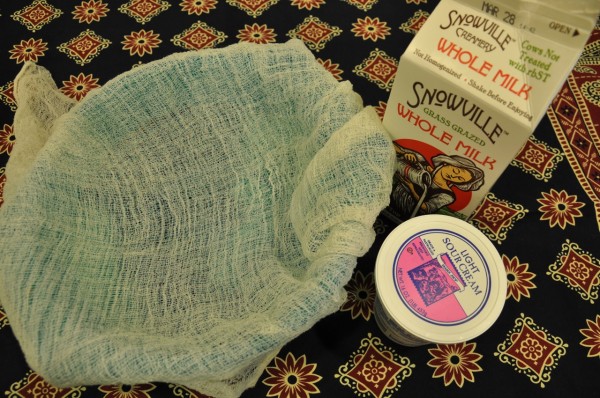
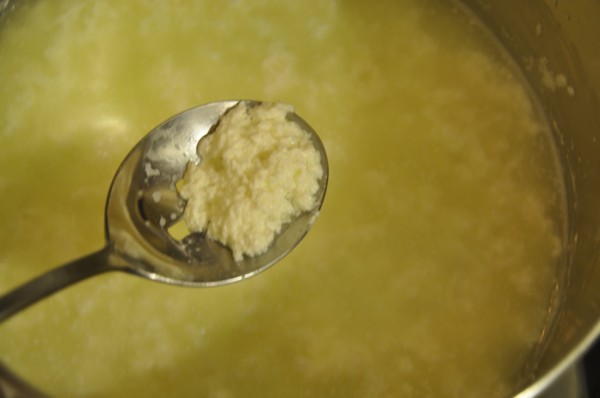
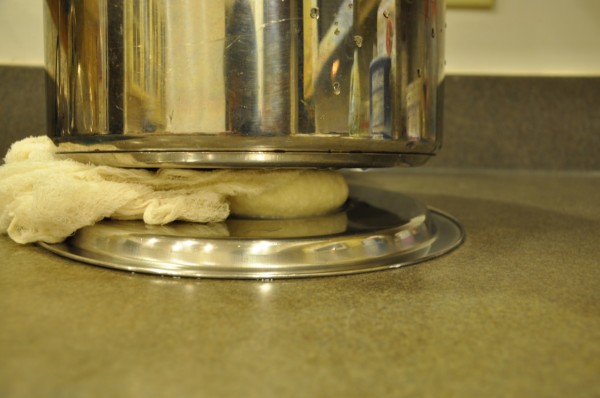
 by Neelam Batra.
by Neelam Batra.